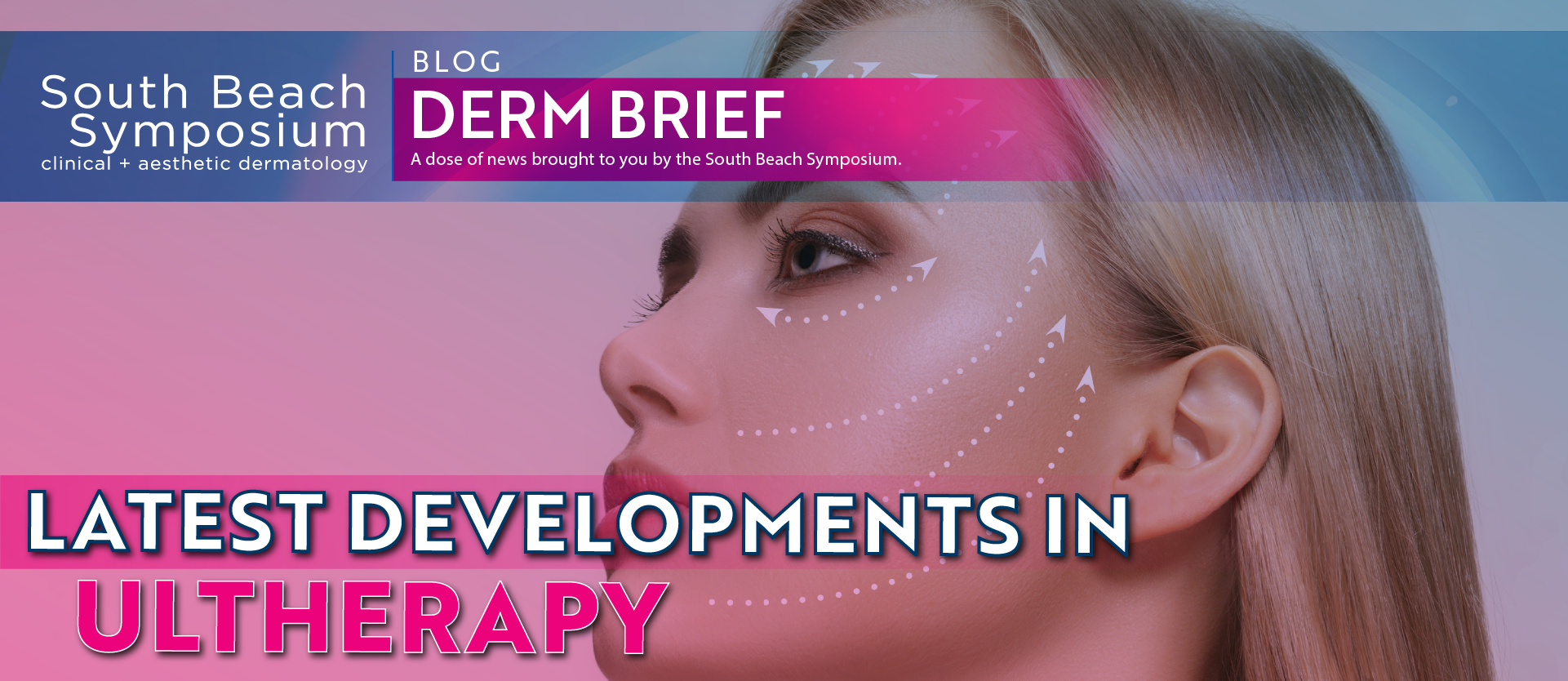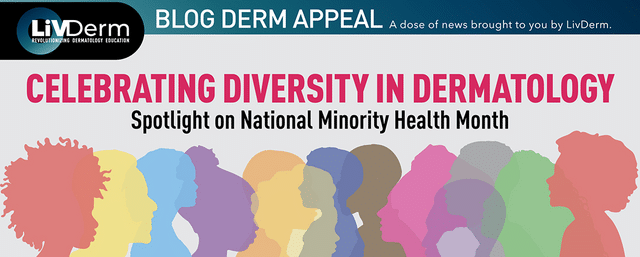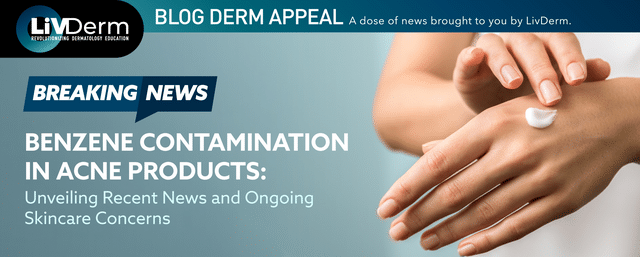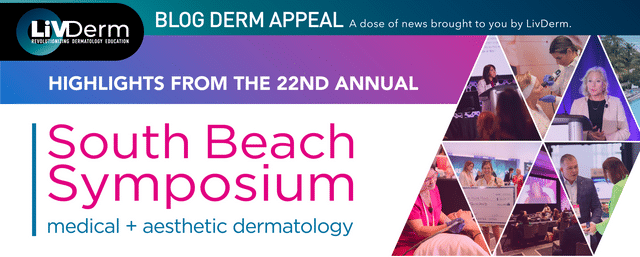Micro-focused ultrasound technology, otherwise known as Ultherapy, is the only FDA-approved device with a nonsurgical skin lifting indication. Popularized as a minimally invasive cosmetic procedure for skin rejuvenation, Ultherapy lifts and tightens the skin by stimulating collagen production through ultrasound energy. Its uses are growing quickly, as researchers continue to find evidence of its efficacy at significantly improving skin physiology and the appearance of different problem areas with no recovery time.
Approved Treatment
Currently, Ultherapy is an FDA-approved option for brow lifting, submental skin tightening, and décolletage wrinkle reduction, however, it is also used off-label for improving laxity along the knees, buttocks, posterior thighs, abdomen, and posterior arms. With increasing research on its beneficial effects in off-label use, it should soon see approval for the treatment of other areas.
A 2014 study published in the Journal of Cosmetic and Laser Therapy revealed that micro-focused ultrasound with visualization was a safe and effective method for reducing skin laxity and improving the appearance of knee skin. Other reports have shown positive results when the device targeted the abdomen and thigh areas.
Ultherapy with Visualization
Ultrasound visualization is an essential part of successful Ultherapy treatment, as it allows accurate targeting of desired tissue with regard to patients’ individual skin thickness and anatomical features. Instead of delivering heat to the general area, superficial muscular aponeurotic and superficial fascial systems need to be targeted in order to achieve optimal results.
Researchers at the University of Hamburg tested the effects of Ultherapy with visualization on women with moderate to severe skin laxity and discovered a significant increase in skin elasticity. According to the 2019 study, Ultherapy was able to substantially reduce skin laxity at 12 and 24 weeks post-treatment after a single treatment although, no changes in epidermal barrier function or skin physiology were reported. The use of visualization was key in achieving desired results, allowing providers to better target affected skin tissue.
Results and Reviews
Patient satisfaction is relatively high, with 81% of nearly 1,300 surveyed giving Ultherapy a “Worth It” rating according to 2019 RealSelf statistics. Another study found that around half of the participants believed their appearance to be more youthful, and nearly three-quarters said they would recommend the treatment to others.
Two factors have been reported to influence the success of Ultherapy: the use of ultrasound visualization and the management of patient expectations. Not everyone will achieve the same aesthetic benefits from the procedure, and patient satisfaction was shown to be higher in individuals who had set realistic expectations. Results tend to take time, as adequate collagen stimulation can take up to three months post-treatment. Ultherapy is best suited for younger, healthy patients with mild to moderate skin tissue laxity and normal wound healing responses.
While Ultherapy is still a relatively new method of skin rejuvenation, its clinical backing of evidence is growing with continued positive results. However, some patients may prefer other types of treatment, such as radiofrequency, due to their tolerability and decreased associated pain. Reported sensations of pain during the procedure vary from patient to patient – dependent on pain tolerance and familiarity with the technology – and only last for the duration of the session. As a result of its non-invasive nature and lack of recovery time, Ultherapy may soon become one of the most popular skin lifting techniques on the market.
















